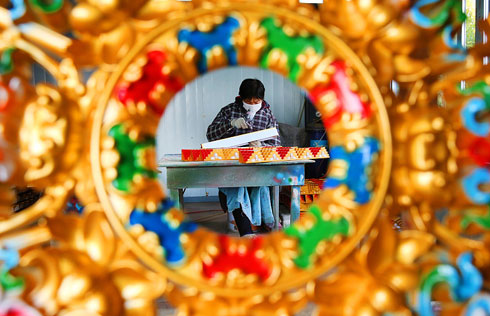A 'golden' transformation
A more open market and structural reforms will help China achieve equitable and sustainable development
The world economy is witnessing profound and complex changes, and both developed and emerging economies are in a critical period of economic transformation.
China faces four major challenges: first, it needs a market that can play its role to a greater extent, but one which is effectively regulated; second, it needs sustainable, not GDP-oriented, growth; third, it needs the government to efficiently facilitate growth, rather than lead it; and fourth, it needs wider international cooperation and exchanges.
Over the next few years, there will be three general trends as China seeks to address these.
The first trend will be accelerated urbanizing of the rural population. China's new leaders have repeatedly emphasized that urbanization is the largest potential driver for future development, and advancing a new-type of urbanization, one not focused on the size of cities, is one of the priority areas for cooperation between China and the European Union. Later this year, the government is expected to issue a master plan for advancing urbanization at the rate of 1 to 1.2 percent a year.
Why has urbanization become an important strategic choice in China?
Because there is huge potential for more urbanization. While the urbanization rate was officially 52.6 percent last rear, China's real urbanization rate is around 35 percent if rural migrant workers are not included. The middle-income group makes up only 23 percent of the total population, which is much lower than it should be.
If China's urbanization of the rural population proceeds at the rate of 1 to 1.2 percent a year over the next decade, then its urbanization rate will be more than 60 percent, and with adequate breakthroughs in institutional reforms and in the deepening of income distribution reforms, the middle-income group can be swelled to 40 percent of the population, which will be around 600 million people. Thus, China will achieve the desired goal of an olive-shaped society.

























